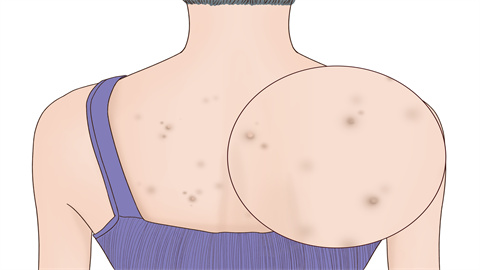Is drug intervention effective for melanoma?
Generally speaking, if melanin is formed due to acquired factors such as local inflammation or ultraviolet radiation, drug treatment may be effective to some extent; however, if the melanin increase is caused by acquired factors like local inflammation or UV exposure, pharmacological intervention might be difficult. If abnormalities occur, timely medical consultation is recommended. Detailed analysis is as follows:

When increased melanin production is caused by acquired local inflammation, such as after inflammatory reactions like skin infections or allergies, the inflammation can stimulate melanocytes to become active, producing excessive melanin and resulting in skin hyperpigmentation. Additionally, prolonged exposure to ultraviolet light can activate melanocytes, prompting them to produce more melanin as a protective mechanism for the skin. Under a doctor's guidance, medications such as hydroquinone cream, tretinoin cream, and vitamin C tablets may be used for intervention.
If melanin abnormalities are caused by genetic defects, it is difficult for medications to fundamentally correct these genetic issues. Moreover, melanin metabolic disorders caused by certain systemic diseases, such as endocrine disorders or liver diseases, result from complex factors like hormonal imbalances and abnormal metabolic functions. Pharmacological intervention may not fully correct these deep-seated pathophysiological changes, making achieving ideal therapeutic effects difficult.
Therefore, melanin-related conditions should not be treated with drugs indiscriminately, as this may damage the skin barrier and lead to symptoms such as redness and itching. Furthermore, certain drugs may bind with melanin and accumulate over time in pigmented tissues, potentially causing adverse reactions such as phototoxicity and ototoxicity.




